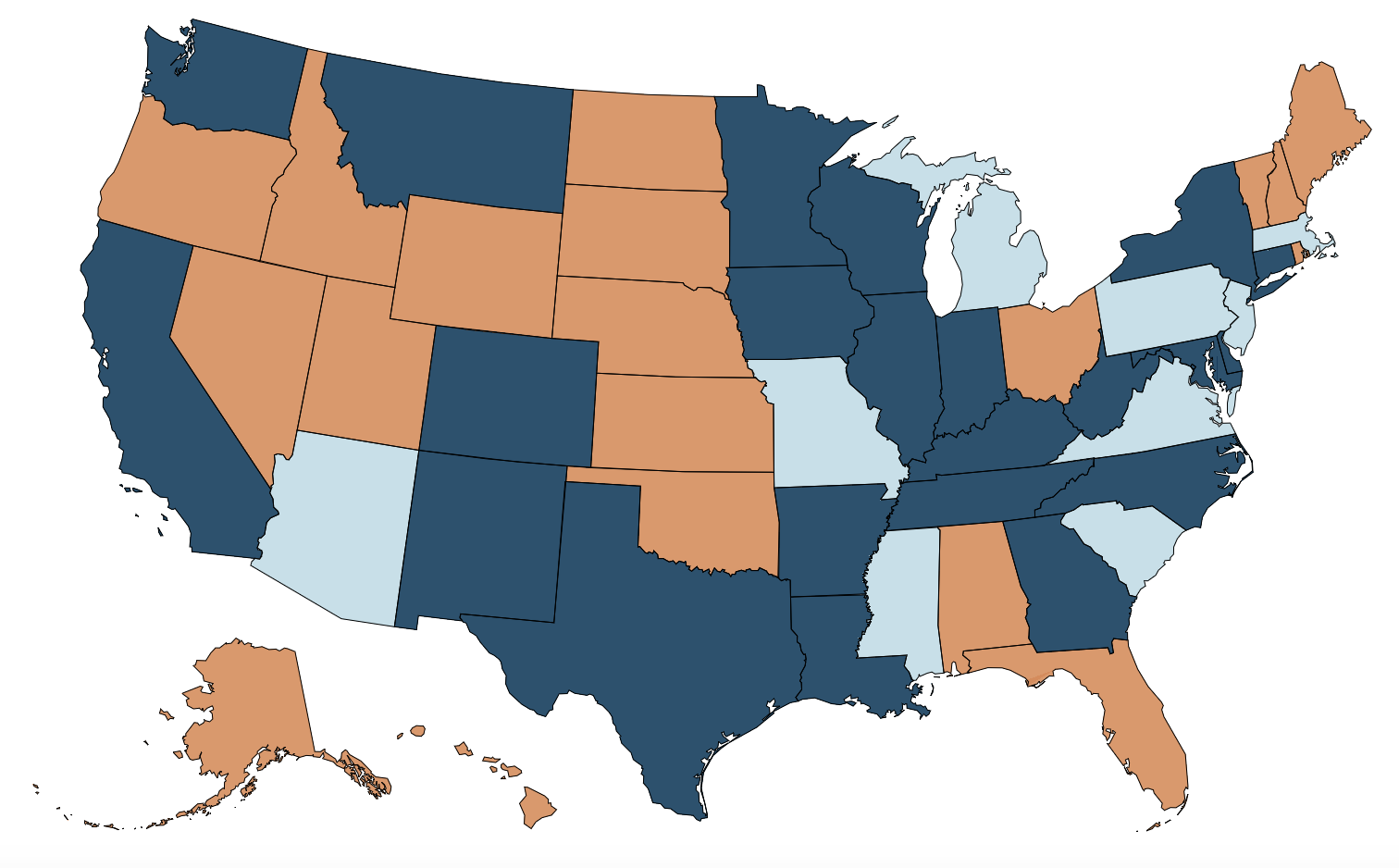Policy & Advocacy
NCTR’s Policy and Advocacy work is aimed at helping policymakers understand the impact and value of teacher residency programs.
In service to both NCTR’s Network members and the field of teacher preparation, our policy work is designed to drive the sustainability and expansion of the teacher residency model and strengthen the movement toward clinical-based preparation through advocacy and collaboration with national partners.
NCTR’s Policy Work
NCTR’s collective expertise in state policy includes years of supporting states in their efforts to develop, scale, and sustain teacher residency programs. In service to both NCTR’s Network and the field of teacher preparation, our policy work is designed to drive the sustainability and expansion of the teacher residency model and strengthen the movement toward clinical-based preparation through advocacy and collaboration with partners.
To transform the ways in which educators are prepared and supported, NCTR:
- Plans, researches, publishes, builds a consensus, and advocates to influence legislation and policies to support teacher residency programs and teacher residents;
- Engages local and state agencies to understand the impact and value of teacher residency programs; and
- Develops state strategies to strengthen and improve conditions for teacher residencies and increase teacher residencies’ individual and collective impact.
NCTR Teacher Residency Policy Map
The NCTR Teacher Residency Policy Map provides information about state policies that support teacher residency programs, including state investments.
Helpful Resources
50-State Comparison: Teacher Recruitment and Retention
The 50-State Comparison: Teacher Recruitment and Retention (December 2022) is a resource provided by the Education Commission of the States that compiles state-specific data related to teacher shortages and provides a national comparison of state policies to recruit and retain teachers across the pipeline.
Towards a National Definition of Teacher Residencies
NCTR joined the Pathways Alliance to develop this definition of teacher residencies to help clarify the field’s use of the term. This document is intended to support local partnership discussions about teacher residency design and improvements and to provide state, regional, and federal leaders with a condensed yet thorough definition to guide policies that can support high-quality residencies to attract, prepare, and retain a robust and diverse teaching workforce.
